Indesignlive catches up with industrial designer Chris Hardy about his style, his process and the challenges facing young Australian designers today.
March 12th, 2012
With its clean lines and strong geometry, the work of industrial designer Chris Hardy has delighted visitors to exhibitions and competitions like Launch Pad and Workshopped – where a lot of his work is now stocked.
“I would describe it as minimal,” says Hardy of his design aesthetic.
“I’m probably a New Modernist. I find myself looking for what I think are the simplest, visually balanced solutions to design problems.”
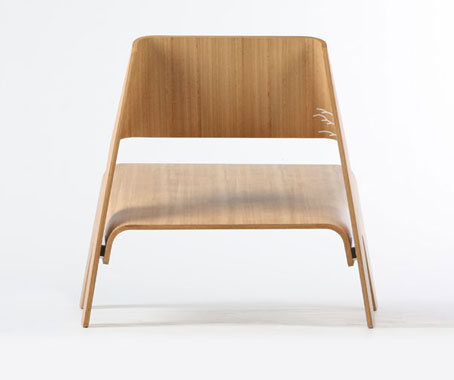
Oru
“I draw a lot of inspiration from understanding the context of use of a product as well as trying to find innovative applications for the materials and processes I’m working with.”
This field of interest has led Hardy to pursue a PhD exploring User Experience, or UX, looking at how users interact with products.
“Everyone experiences their day to day lives differently based on subjective views they have developed throughout their lives,” he explains.

Pleat
“Through my research I have been able to better understand how products affect people physically, psychologically and behaviourally. Knowing about the subjective nature of ’experience’ has helped me make decisions to hopefully create improved interactions with my work.
“I think that the process of design should be less about the product itself and more about the experiential and emotional impact it engenders. A chair, for instance, is for sitting on, but it is also part of a context; it may or may not align with sustainable production and so on. All of these considerations will mean different things to different people; they are less about an object-centred approach to designing and more about an experience-centred one.”
As well as the end experience, Hardy is interested the process of design and manufacture, experimenting with Direct Digital Manufacture (DDM) to create the striking Powder and Paper.
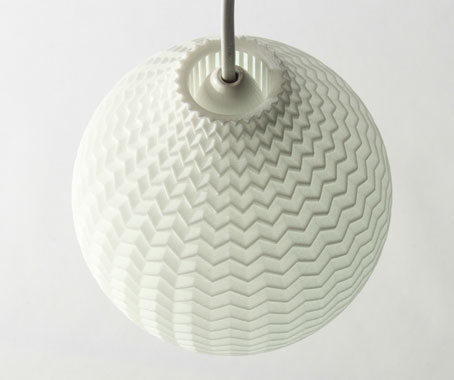
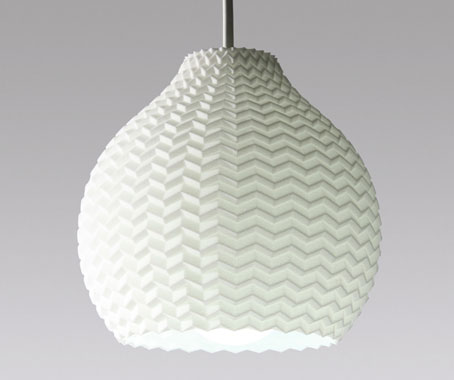
Paper (DDM)
“The beauty of working with DDM is that it does away with a lot of the traditional manufacturing limitations. What would have traditionally been difficult or impossible to produce is generally very easy to produce using DDM because there are no moulds to deal with.
“Because of this, and the fact that limited and medium production runs are easily achievable, there are all sorts of possibilities now available to designers that weren’t previously feasible.”
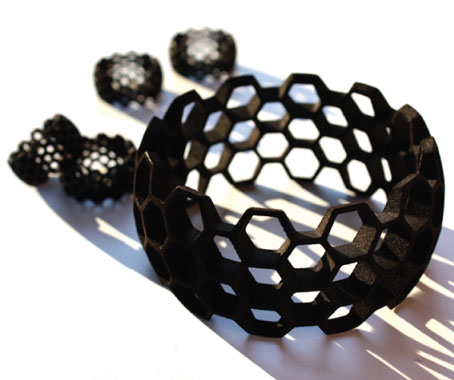
Powder (DDM)
DDM does have its limitations, however.
“Surface finish is one,” Hardy explains. “Products made using DDM techniques are very much influenced by the process.
“Cost is another. While bureaus such as Shapeways – an amazing venture that has opened DDM up to a very wide audience – have been able to offer these technologies at incredibly low pricing structures, it remains that larger objects get expensive very quickly. This makes it difficult to produce larger products that are feasible in terms of market pricing expectations.”

Oru
Strongly involved in the Australian design community, Hardy is also a part-time lecturer at the University of Canberra, where he can draw on his experience as an emerging designer in the Australian design industry.
“One of the major challenges facing industrial designers in Australia is keeping manufacture local. I’ve heard on so many occasions when the issue of production cost comes up that it would be easier to source overseas manufacturers to reduce unit costs,” he says.
“Helping students to better understand manufacturing processes will assist in designing better for industry in order to support local manufacture which will keep this industry alive by supporting shorter lead times to benefit specification. Working with craftsmen and understanding manufacturing processes assists in closing the gap between design and manufacture so both can work together for a better outcome. How We Create along with AWISA support this concept.
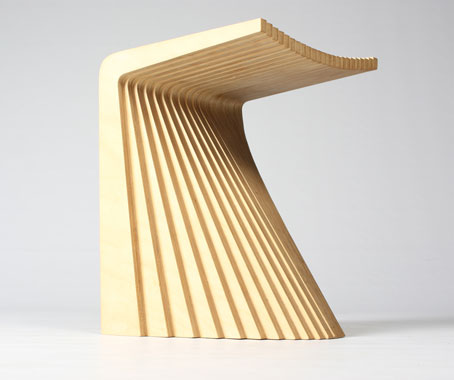
Pleat
“The other important thing to take away from design courses in general is the importance of marketing your ideas, products and brands to industry. Creating your own identity and finding a way to communicate this to the industry to support collaboration/employment prospects is important. Unfortunately most people graduate without a website, only a CV and portfolio.
“There are so many options now available to communicate across various platforms and so many opportunities to communicate and build relationships to support young emerging design collaboration in Australia – it just needs to be encouraged more.”
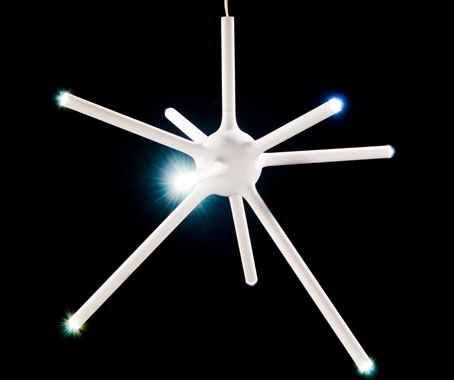
Urchin
Chris Hardy
chrishardy.com.au
INDESIGN is on instagram
Follow @indesignlive
A searchable and comprehensive guide for specifying leading products and their suppliers
Keep up to date with the latest and greatest from our industry BFF's!

A longstanding partnership turns a historic city into a hub for emerging talent

The undeniable thread connecting Herman Miller and Knoll’s design legacies across the decades now finds its profound physical embodiment at MillerKnoll’s new Design Yard Archives.
The Management of Information within organisations is vital to their efficiency. In addition traditional record types such as Suspension Filing in Drawers and Lever Arch Type Files can use a great deal of valuable floor space.
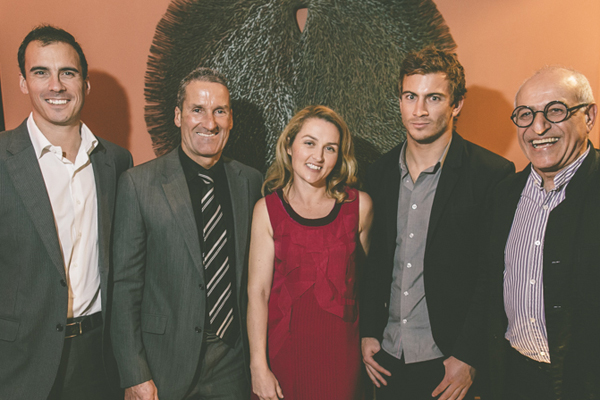
The crème de la crème of Australian architecture were out in force last week for the announcement of Australia’s representation for the 2014 Venice Architecture Biennale.
The internet never sleeps! Here's the stuff you might have missed

In the latest collaboration between Designer Rugs and Greg Natale, the raw rigour of modernist geometries finds its most comforting articulation in the inherent softness of floor coverings.
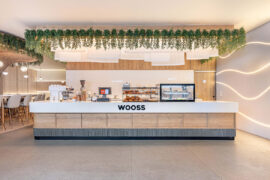
Serving up the perfect dessert is about more than what’s in the crockery, it is also about cultivating an ambient, immersive setting that enhances the treats.